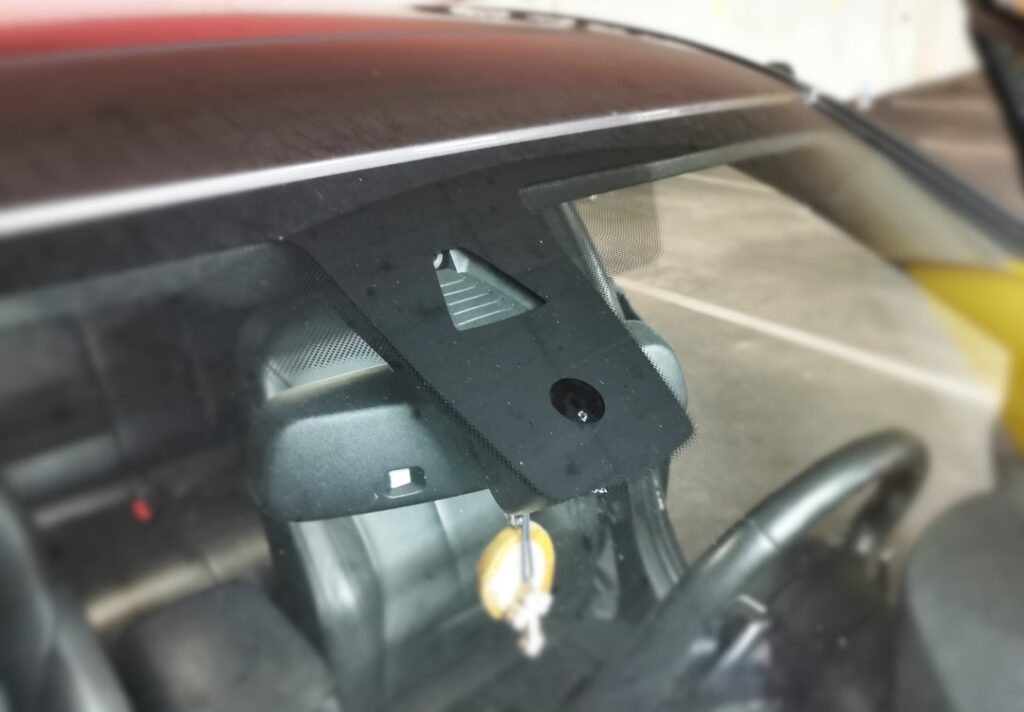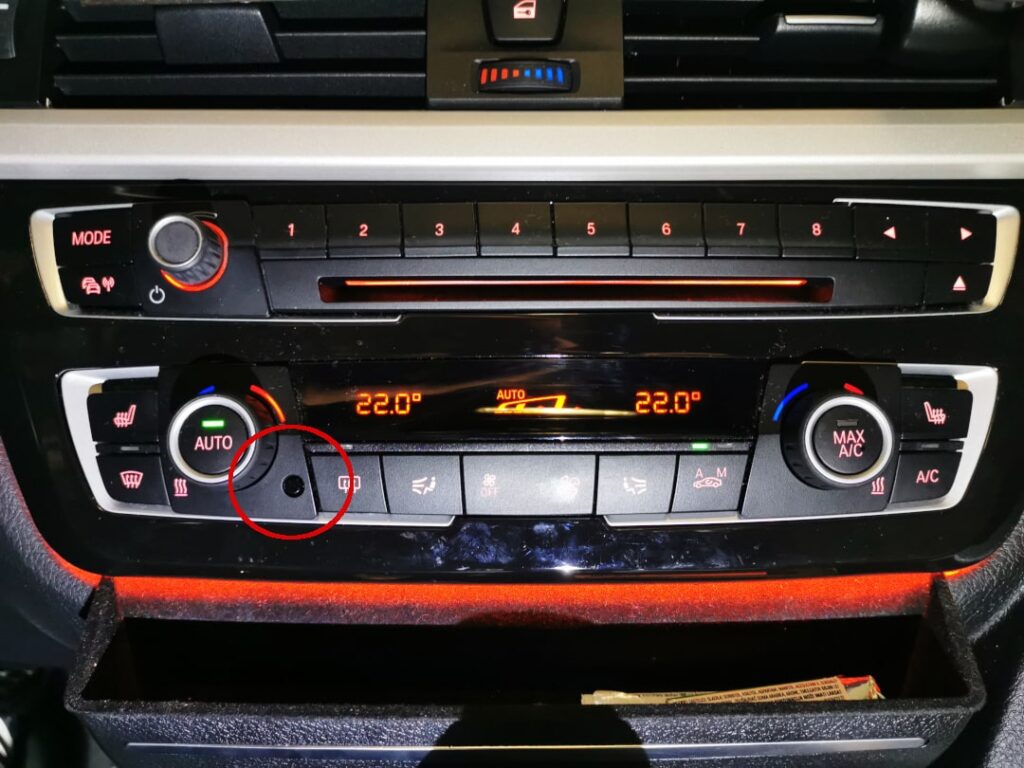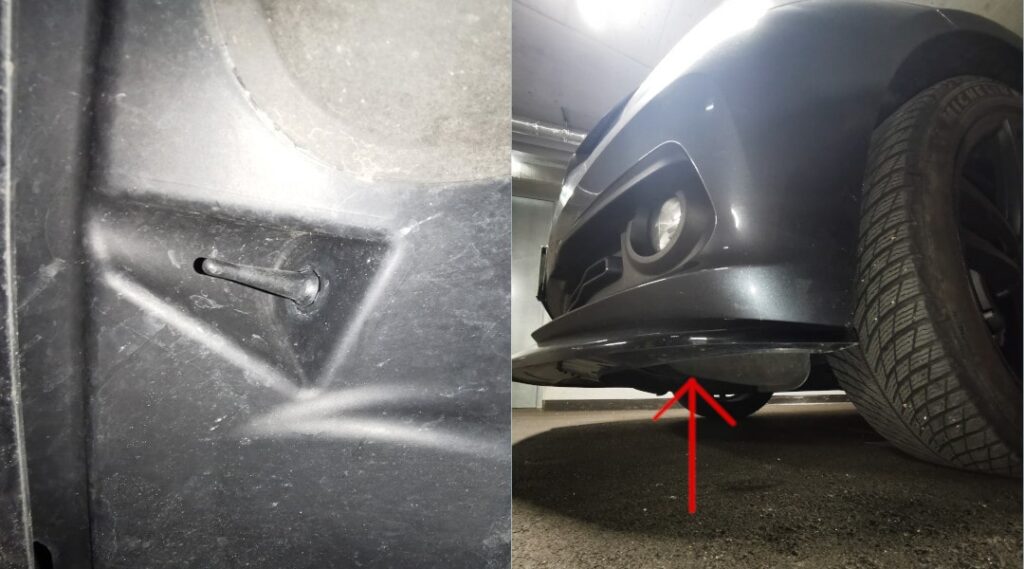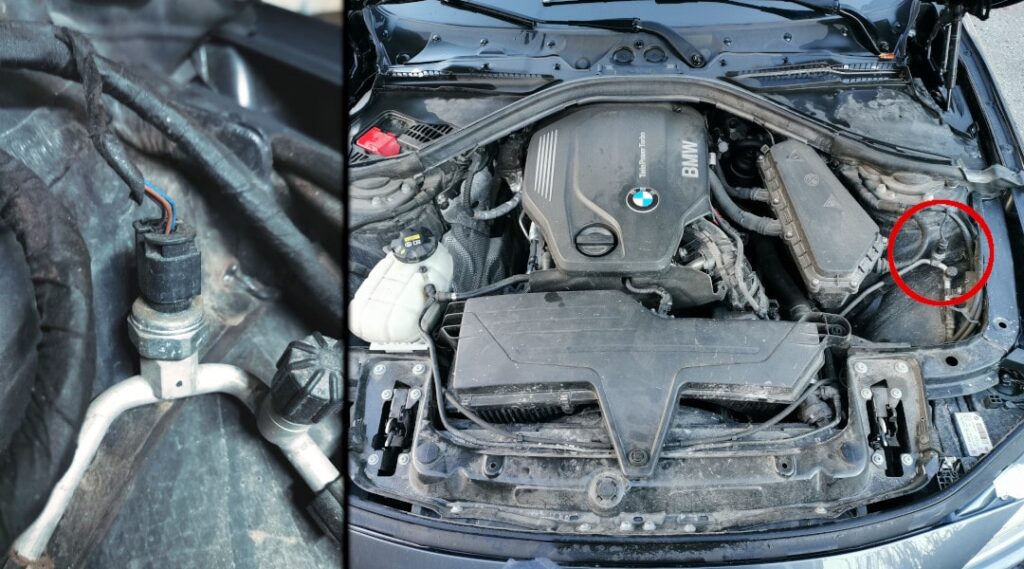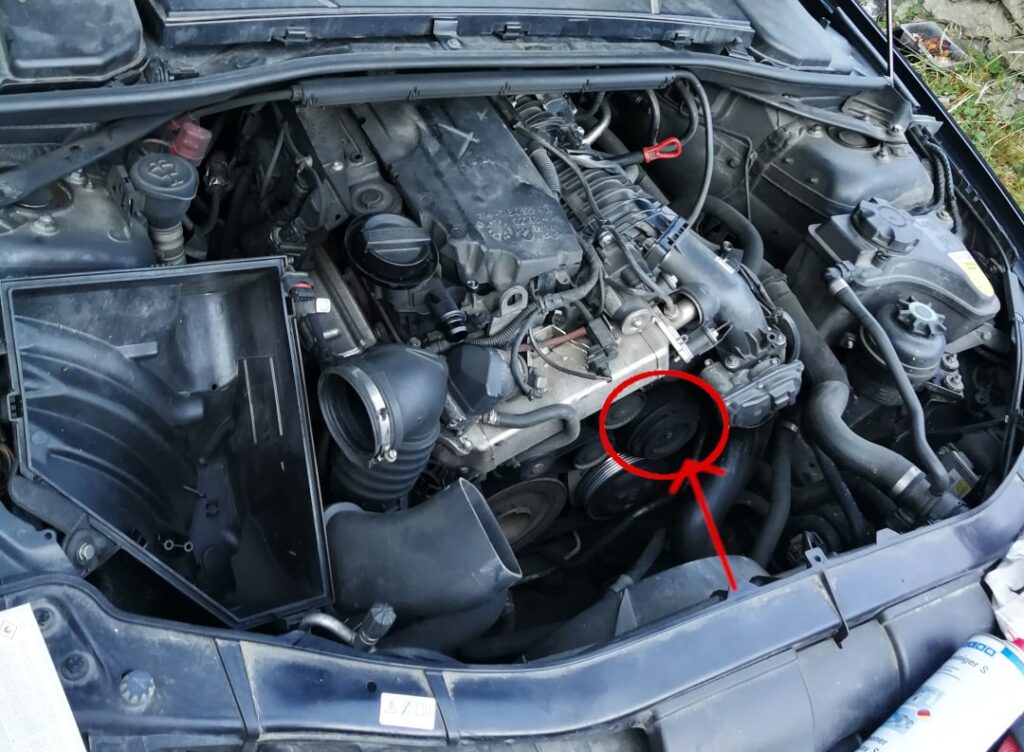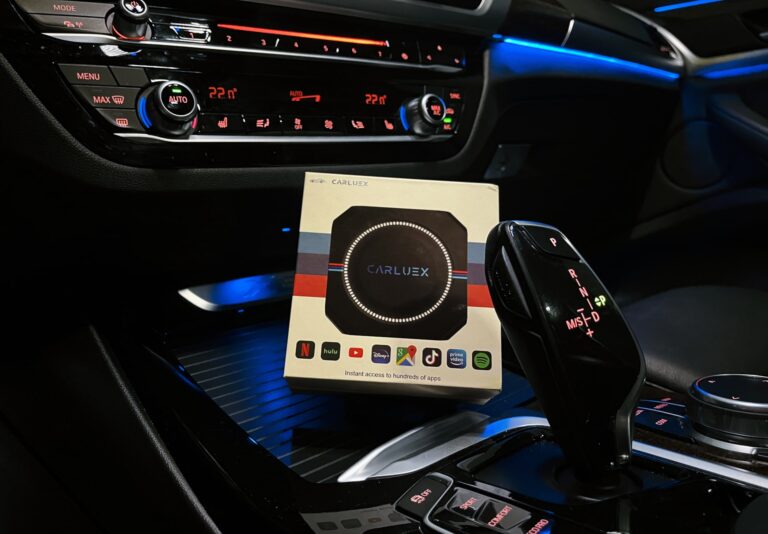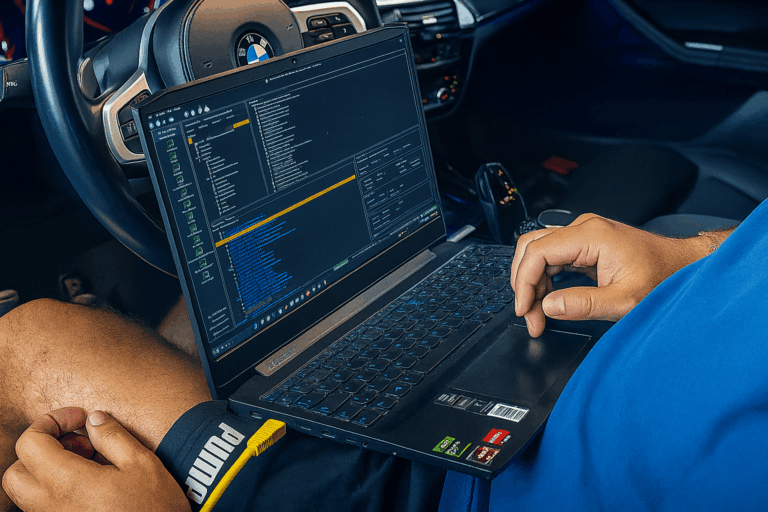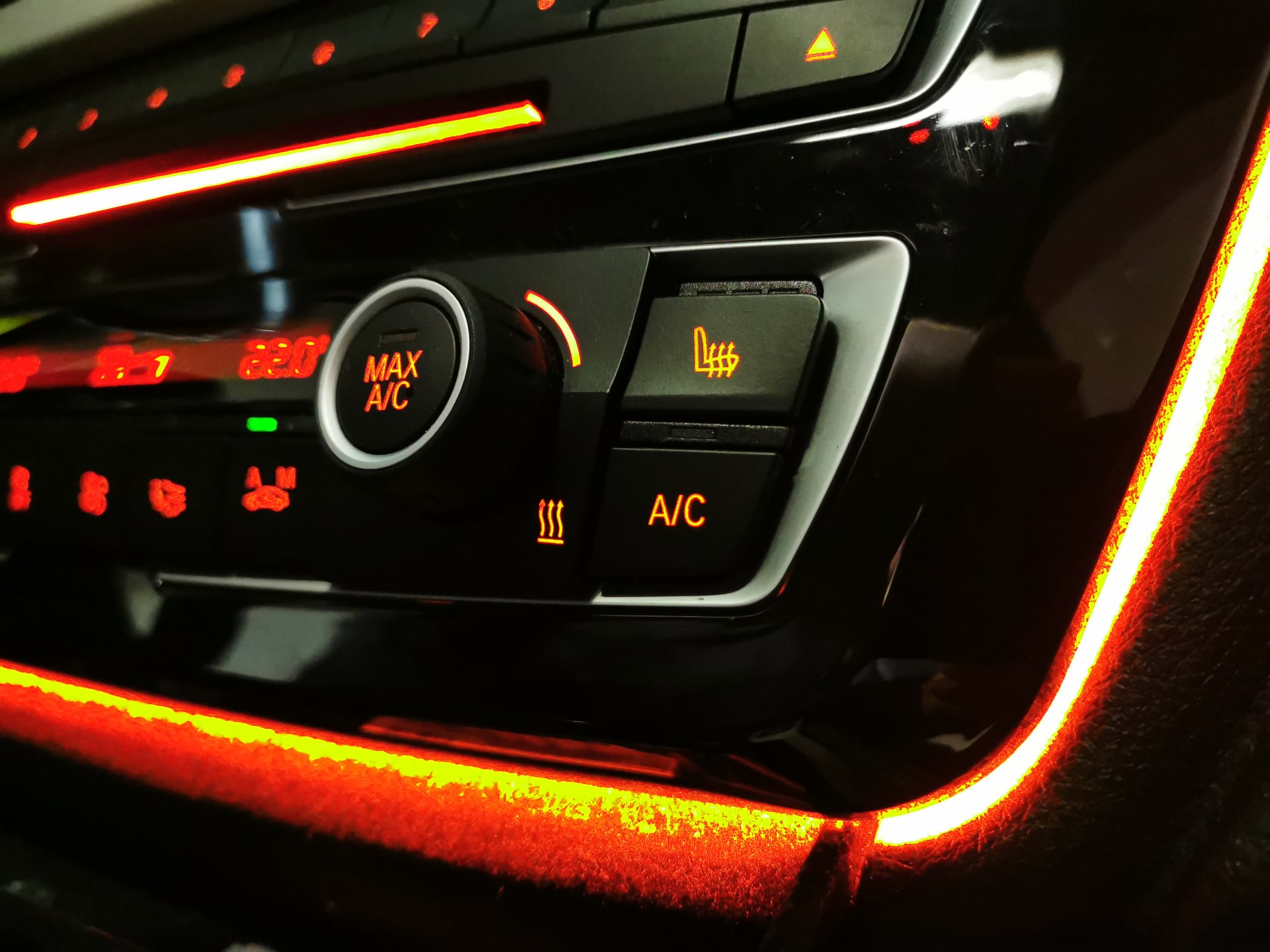
Air conditioning not working?
Troubleshooting in 5 steps!
The hot days are starting and your car's air conditioning isn't working? The wide range of sensors, including the servomotors and fans, can cause a fault in the air conditioning system. Here we show you step by step how to proceed with fault analysis and what the most common causes of defective air conditioning systems are.
Step 1: Basic check
Before you go into detail, first check whether the Condenser and fan motors work properly. These motors are usually located in front of or behind the engine cooler. A Diagnostic device that reads out live data* provides information about the Air flap controlwhich is located in the dashboard area. If you can rule out problems with the air outlet temperature, continue to the various sensors in the car.
Step 2: Check sensors
Using modern car air conditioning systems a variety of sensorsfrom photo sensors to pressure switches. Depending on the manufacturer and model of your car, there are various sensors that influence the automatic climate control system.
These sensors are distributed throughout the car, including Photo sensors for solar radiation, indoor and outdoor temperature sensors and sensors for air outlet temperature. With newer car models there are also All-in-one sensors that can measure solar, rain, temperature and humidity, for example.
Interior temperature sensor:
Clean the interior temperature sensor of dust and deposits. This sensor is usually located in the air flow of a miniature fan, behind the grille of the operating and control unit. In some vehicles, the sensor is Integrated in the climate control panel and therefore also protected from soiling. In this case, you can rule out the temperature sensor for the interior as the cause.
Sun sensor:
The Sun sensor (also known as solar sensor) regulates the cooling based on UV radiation. Check whether it is working properly by simulating it with direct sunlight. Also pay attention to the humidity sensor, which activates the automatic system when the windshield is fogged up. The sun sensor is located on the Oside of the dashboard, near the windshield. This is usually in the Rear-view mirror integrated.
Outdoor temperature sensor
The Air quality sensor recognizes pollutants and activates the Fresh air control. This in turn prevents precise cooling, as the car believes it has to blow pollutants out of the interior. The sensor is usually located directly in the Air intake duct positioned.
The Outdoor temperature sensor is important for adapting the air conditioning system to the Ambient temperature. In most cases, this sensor is installed in the Placed in the front of the trolley or in the fresh air duct. A defect in these two sensors is often the cause of a malfunctioning air conditioning system.
Step 3: Check pressure switch or high pressure sensor
Pressure switches or pressure monitors are used to control the air conditioning system. protect against overpressure. A defective pressure switch can lead to a lack of cooling capacity and frequent switching on and off of the compressor clutch. These switches are typically located in the small refrigerant circuit attached. Check the electrical connections for contact faults and check for dirt or damage to the housing.
With newer air conditioning systems, the High pressure sensor may be the causeas it monitors the refrigerant pressure and sends information to the engine control unit. The signal from the refrigerant sensor is mainly used to detect the engine load and the pressure conditions in the air conditioning circuit.
The air conditioning control unit calculates the load and sends the data to the engine control unit, which regulates the fan and compressor. If the signal is lost, the compressor switches off for safety reasons. Switch-off conditions or a defective sensor can be detected by most diagnostic devices.
Step 4: Check servomotors, dampers & actuators
The servomotors control the Flaps that regulate the air distribution. Check for faults that manifest themselves in uneven air distribution or incorrect temperature control. Pay attention to possible Flap noises and check the ease of movement of the deflection levers and hinges.
The operating and control unit also plays a central role and should be checked for possible defects. This unit receives the signals from the sensors, evaluates them and controls the actuators. The Control unit yourself, however, you should be Very last and rarest cause of error view.
Step 5: Air conditioning compressor defective
Sounds like Rattling or grinding can be reduced to a Defective air conditioning compressor point out. The air conditioning compressor is a central component in the air conditioning system that is responsible for compressing and circulating the refrigerant. Furthermore, the compressor can also become leaky, resulting in a Loss of refrigerant leads.
The air conditioning compressor is located on the Vorder side of the engine, near the radiator grille. The compressor is fitted to most cars with the Belt drive of the motor connected and is normally controlled by a clutch solenoid. In certain cases, the air conditioning compressor can also be installed in the Proximity to the condenser and evaporator be placed.
Conclusion
Carrying out these steps properly will help you to Identify the causes of a malfunctioning air conditioning system and can also be rectified. However, you may not be able to find some components of the air conditioning system. Although we have listed the most common locations here, we cannot assure you that the various sensors are actually located where described.
Values the actual positions depend on your car manufacturer and model. Remember that in some cases it may also be advisable to seek professional help. This is because often Complex repairsfor which special tools are required.
* Affiliate links are marked with a *. Nothing changes for you and the offer/price remains the same. You can find more information about affiliate links here.
More Articles
BMW Android Auto & Carplay retrofit | Plug & Play | CARLUEX
BMW Android Auto & Carplay retrofitCARLUEX Experience Are you driving a BMW built before 2020 and want to finally use Android Auto?...
BMW Sport Plus coding: Unlocking driving mode - instructions
BMW Sport & Comfort Plus codingUnlocking driving mode - BMW coding made easy - In this guide you will learn step by step how to...
BMW coding software comparison 2025 | ESys, BimmerCode & Co
BMW Coding Software ComparisonESys, BimmerCode & Co. There are now countless tools for coding a BMW. Different software providers offer...

